ASTELIA WESTLAND
$22.80
Astelia ‘Westland’ is a red foliaged selection of the Mountain Astelia, an evergreen perennial that comes from the tussock grasslands of the central North Island of New Zealand. It’s easycare, compact habit and colour make it compatible with all modern home decor and garden landscapes. This plant grows to 2-4 feet tall with 2 to 3 inch wide gradually tapering and arching leaves that are a silver-gray that is flushed with red bronze colors and turns purple-red in winter. Plant in part sun to light shade in a well-drained soil. Although this plant can take periods without water and is marketed as a drought tolerant plant in New Zealand, it looks better if given occasional to regular irrigation in our dry summers in California. It’s a fabulous foliage plant ideal for mass or container planting alongside Euphorbia Kea and Tui, Cabbage Trees, Scleranthus or other foliage of the nature.
Out of stock
Uses & Benefits of ASTELIA WESTLAND
- It’s have two uses, first one is landscapes uses. Those who want a plant with a difference in the garden might like to try ASTELIA Nervosa Westland. It have 13 different species recorded in New Zealand, the ASTELIA is compact, with rusty, gold, silver and bronze arching leaves. It’s look stylish, it is suited to mass planting in almost all garden from city balconies to suburban beds and borders, coastal sites and rockeries.
- It’s a ever green plant that make your garden look greenery whole year. As it chnage its colour in different season which make this plant even more unique and classy. The colour of the leaves change according to the season. In autumn it is green in colour and then turn golden. When spring season come the leaves again turn green and then golden and then silver. In summer season the colour also change and in winter we can see the leaves in red also. The colour changing nature of leaves make it even more specific.
- It’s very easy to plant it as it can be plant in small pot such as at the front door, once freed in the garden, it can reach upto 1m by 1m. Its tolerance is high ranging from the harshest Canterbury Frost’s to pounding coastal winds. The ASTELIA needs very little attention. ASTELIA Nervosa Westland is now available as a hot and dry solutions in most local garden centres.
- It can tolerate most climatic conditions throughout New Zealand, best suited to partial shade in good soils. This plant is approximately two years old when it reaches the garden centre and will double in size over the next two years eventually. Every one want a plant that is easy to handle and make the garden look even more beautiful and green. The Astelia Westland is one of them. Containers offer us gardeners endless opportunities to express ourselves with imagination and flair. You can create a colourful area very quickly.
Why You Must Have ASTELIA WESTLAND
- Cultivation Grown in moist, but reasonably well-drained, fertile, peaty soil in full sun or partial shade and a sheltered spot. The foliage can be damaged by frost and prevailing cold winds. It may need winter protection.
- Colour Stability The most serious complaint we have on the hybrid flax is the tendency of the colourful leaf forms to revert back to a green or bronze colour. When a shoot of an unwanted colour is seen on a hybrid plant , this shoot should be cut off at the base. With some of the hybrids it is the new foliage that is the showiest, and it is often beat to remove all of the older leaves as the new ones emerge.
- Generally, most plants need regular water to survive. The general rule of thumb is most garden plants require a good watering twice a week.
- Temperature – These conditions assume a protected ornamental growing environment. Recommended growing is generally above 5°C.
- Feeding – Does not specify controlled release or liquid fertiliser application. This choice will depend on your conditions, requirements and preferences – please contact your fertiliser consultant for suitable products to meet your requirements.
- Growing media and pH – Is shown for guidance purposes only – please contact your growing media consultant for suitable growing media to meet your requirements.
Be the first to review “ASTELIA WESTLAND” Cancel reply
Related products
Uncategorized
Uncategorized
Uncategorized
Uncategorized
Uncategorized
Uncategorized
Uncategorized
Uncategorized




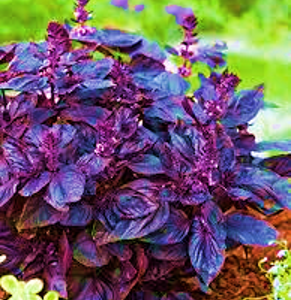
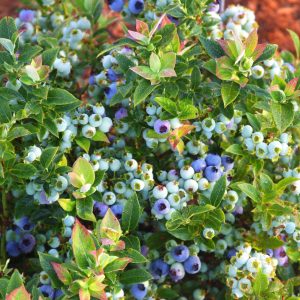
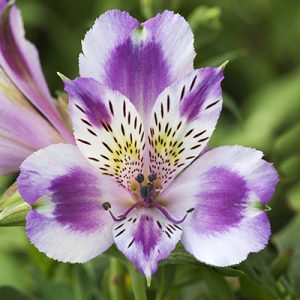
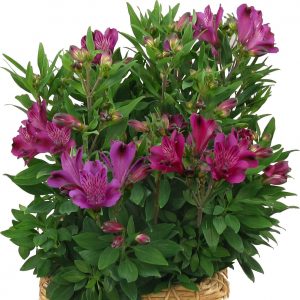
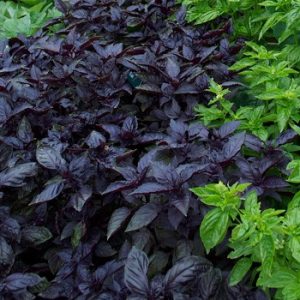
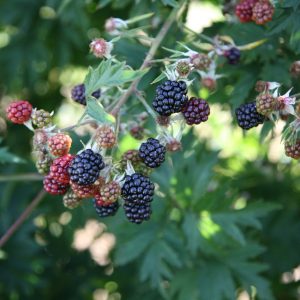
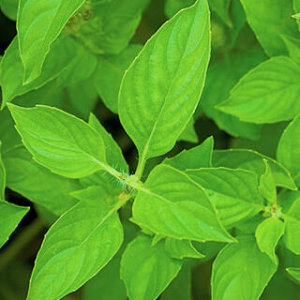
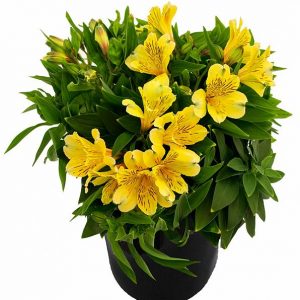
Reviews
There are no reviews yet.